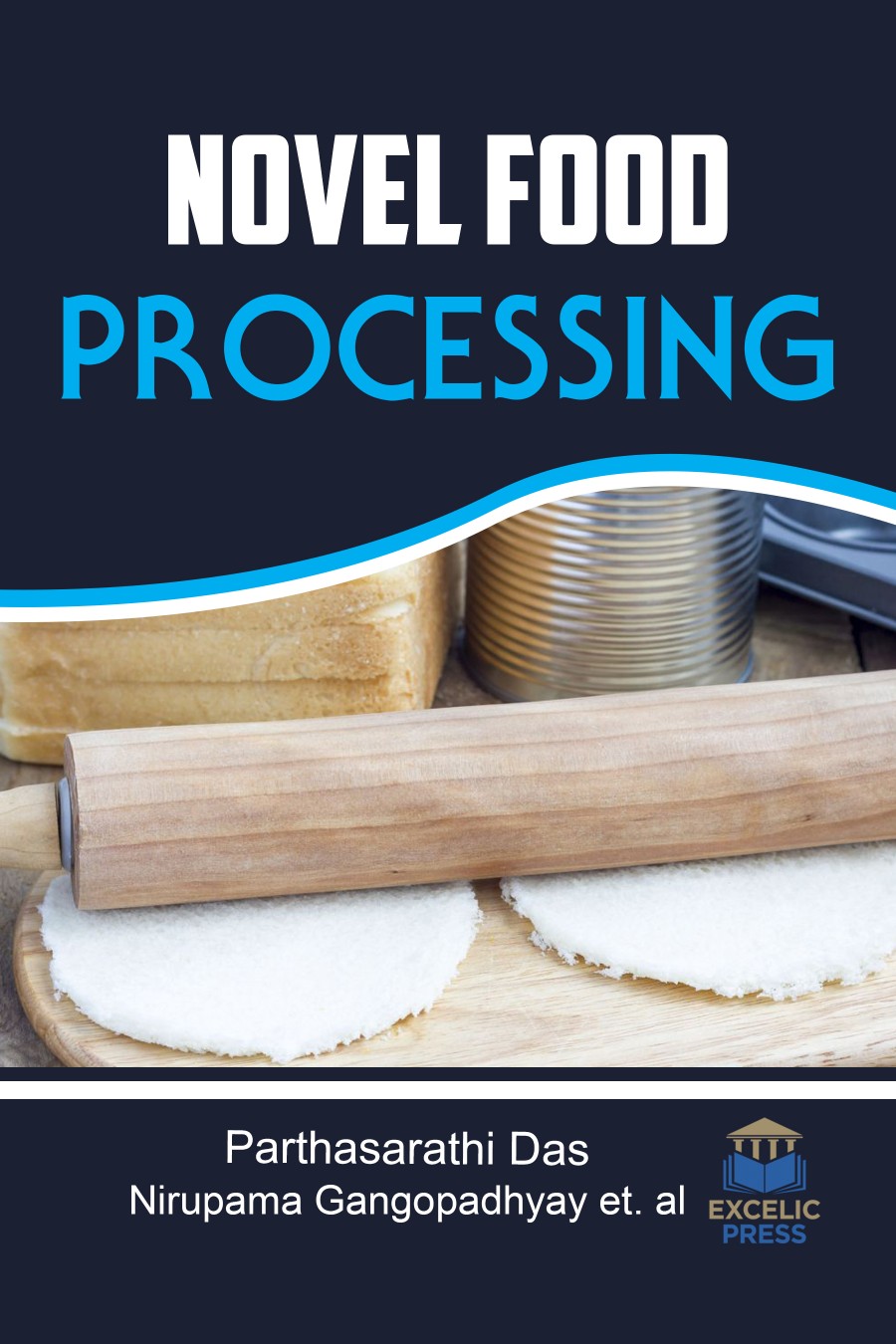By the turn of the century, consumers have been more demanding, sophisticated and discretionary. They will want much safer, high-quality, and convenience foods. Most foods are perishable and will deteriorate unless preserved. Agents involved in food spoilage include physical reactions, chemical reactions, enzymes, and microorganisms. Control of microbial and enzymatic activity can extend the shelf life of foods for use in the future. Thermal and non-thermal technologies are both used in the processing and preservation of foods. The food processor will need to get the best from his existing processing technology in addition to looking for newer ones. New and alternative food processing methods &/or novel combinations of existing methods are continually being investigated by the industry in pursuit of producing better quality foods more economically. Innovative and novel concepts are continuously evolving in every area of food processing. Recently, awareness about good nutrition coupled with the increasing demand for fresher tasting food have paved the way for new food processing technologies. In order to get the best, it is essential to have a good understanding of the basic principles and underlying mechanisms such that these processes can be successfully optimized for industrial applications.
Novel Food Processing covers a range of food processing treatments that meet current demands for added value and guaranteed safety. Reflecting current trends in alternative food processing and preservation, this reference explores the most recent applications in pulsed electric field (PEF) and high-pressure technologies, food microbiology, and modern thermal processing methods such as microwave (MW), radiofrequency (RF), infrared (IR) heating, pressure-assisted thermal sterilization (PATS), and sous-vide processing (SVP), as well as non-thermal methods such as high hydrostatic pressure (HHP) processing, irradiation, ultrasound, pulsed electric field (PEF), and pulsed light (PL) technologies to prevent the occurrence of food-borne pathogens, extend the shelf-life of foods, and improve the safety, quality, and nutritional value of various food products.
Covering significant advances have been made in the research, development, and application of these technologies in food processing; this book is intended for students as well as professionals and researchers interested in both food and environmental issues applicable to sustainable food production.













